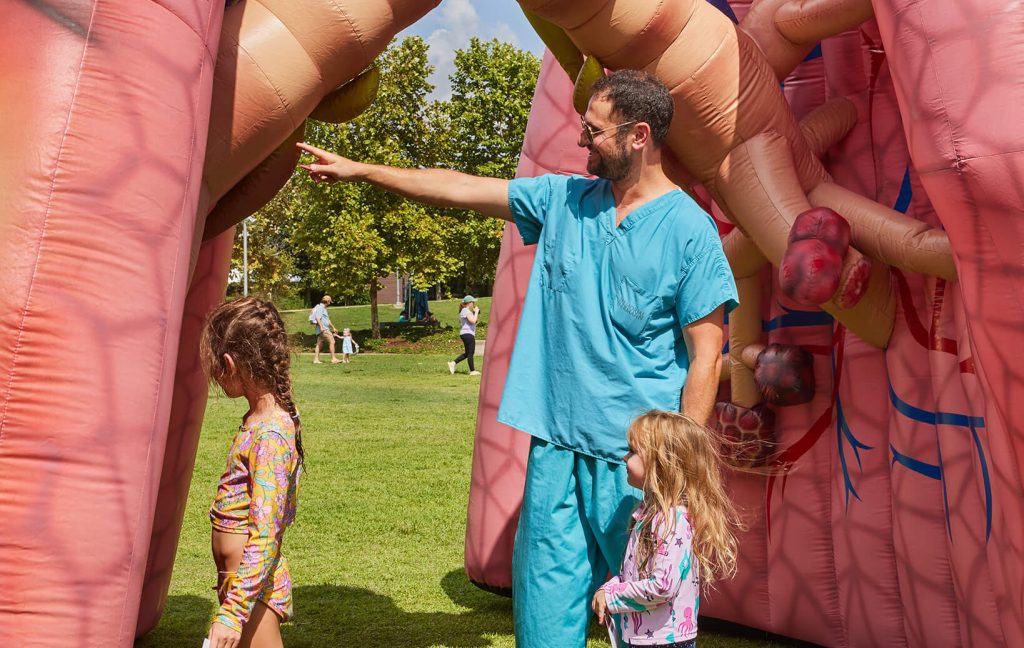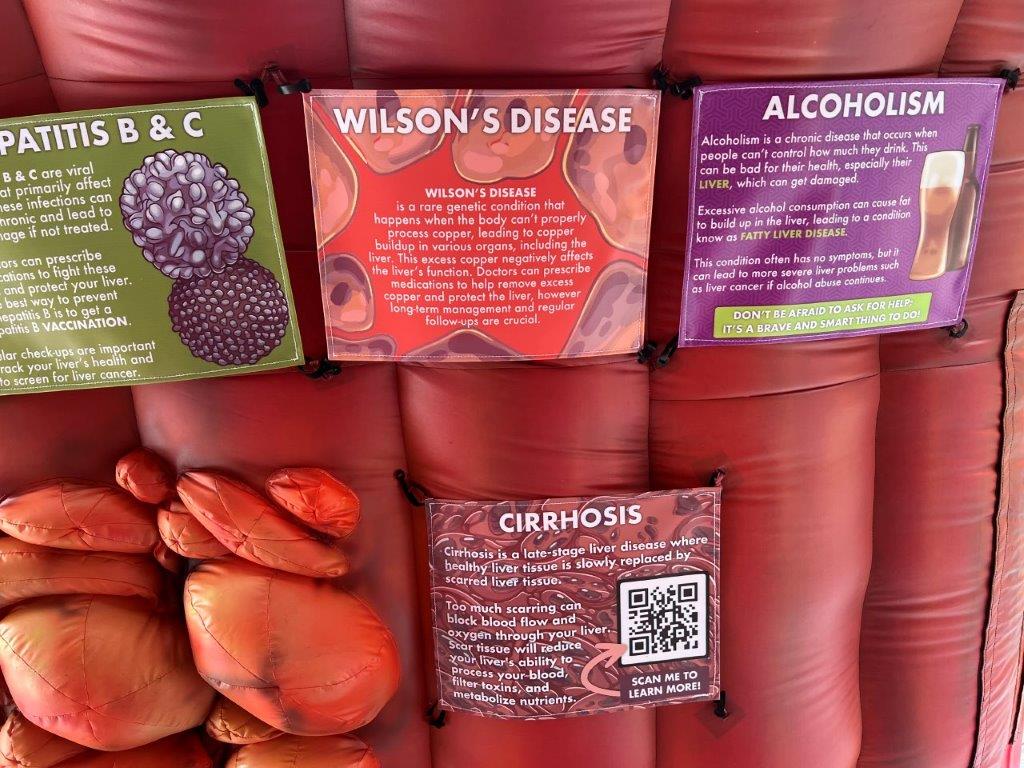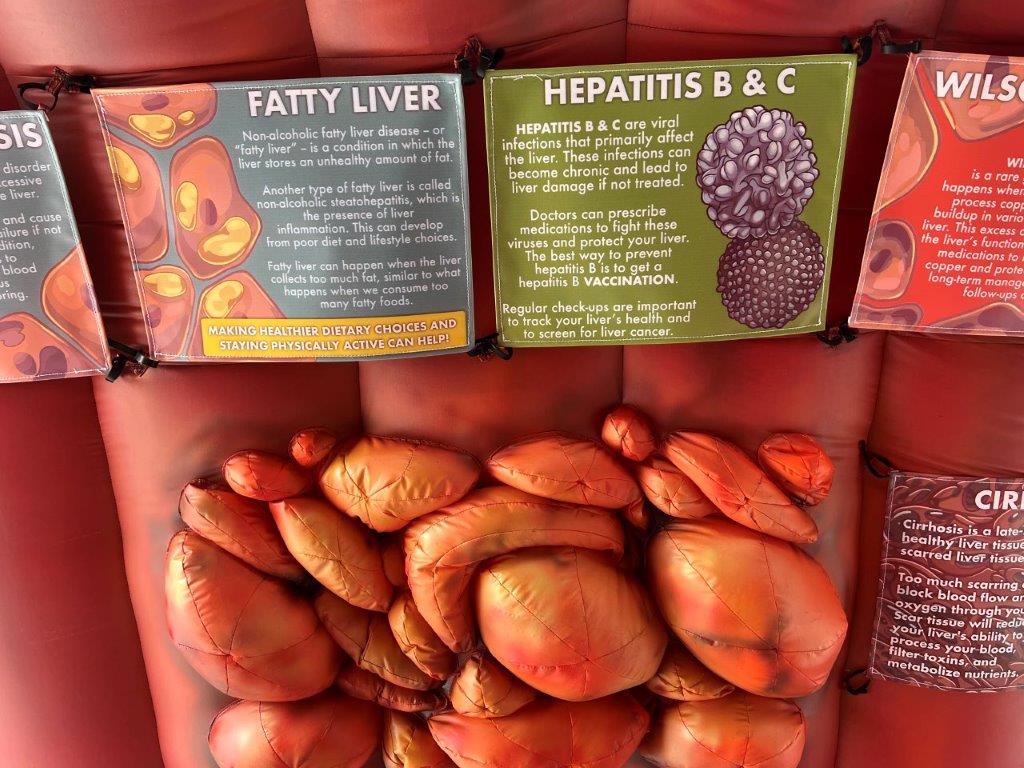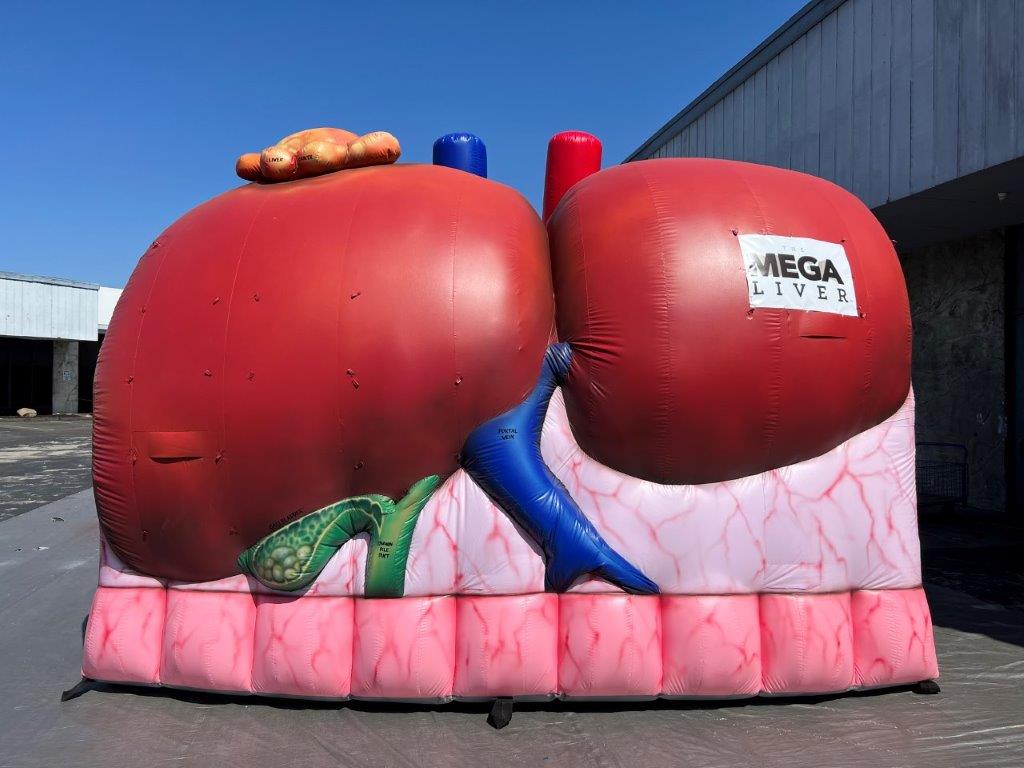Understanding the importance of health fairs and how to plan one
Health Fair Planning Guide
Planning a health fair is an excellent way to successfully promote a health concept or medical device, engage community members, or simply teach children about their bodies. Whatever the health fair idea, health fairs – when done right – can also help you reach a number of your strategic goals. If you’re thinking about planning a health fair for your business or organization, here are a few things to consider:
Why a Health Fair?
Health fairs are an essential part of education and preventative medicine. They can also facilitate early treatment of certain conditions. Health fairs not only provide general information about good health and preventative medicine, but they also often offer screenings and assessments – blood pressure or cardiovascular health – that can detect a problem and get attendees on a track to a healthier self.
Health fairs can also relay essential information about the human body and its functions in a fun and interactive way, making them the perfect go-to for a variety of audiences, including school-aged children from elementary to high school, college students, entire families, senior citizens and corporate employees. Health fairs are just as useful to those who are already in the medical community, such as doctors and nurses, looking for the latest and greatest medical devices or wanting to learn more about pharmaceutical innovations. Health fair volunteers and staff also reap the benefits of a health fair through first-hand exposure to the materials.
Choosing a Health Fair Theme
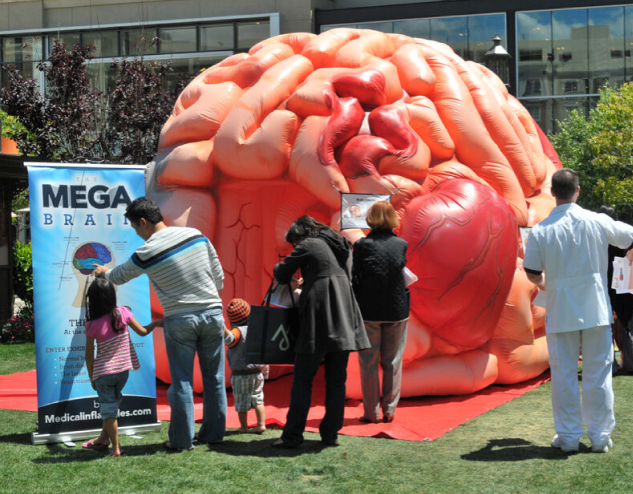
Health fairs can be designed around nearly any health-related theme, and can be used to raise awareness about a number of health-related topics. They can target specific audiences and also be organized with a specific objective or purpose in mind.
Before choosing the theme or focus for your health fair, review your organization’s philosophy, zero in on your target audience, and keep your organization’s culture in mind. What do you want to achieve, who do you want to educate and empower, and how do you want to present your message?
- Anti-smoking events
- Heart healthy walks, events
- Breast cancer awareness events
- Pharmacy marketing
- Medical device marketing
- Hospital events (openings, anniversaries)
- Children’s events
- Clinical marketing
- Patient education
- Employee education
How to Plan a Successful Health Fair
Health fairs can be extremely beneficial, but organizing a successful health fair experience takes planning, creativity and hard work. Once you have your event type and theme, here are five steps to help ensure your events wow attendees and accomplish your goals:
Make it Interactive
A health fair that isn’t interactive and engaging is futile. If educational information isn’t paired with fun, the audience is less likely to retain important information. An exhibit like MEGA Heart gives visitors a hands-on experience as they literally walk through the heart.
Gamify Your Health Fair Experience
The most effective health fairs go beyond a simple series of displays. Engaging, hands-on exhibits are a great first step, and providing a way to encourage visitors and participants to explore everything can amplify the experience. Something like an exhibit bingo card or simple quiz, combined with a raffle for every completed card or quiz, encourages and rewards engagement and can help make your event more fun and more memorable.
Provide Services to Increase Awareness
To truly add value for attendees, provide direct services aimed at increasing awareness about the health issue you’re addressing. For example, at a health fair you might include screenings for body mass index (BMI), blood pressure, hearing, vision, blood glucose, and other health risks. These can be administered by medical technicians as appropriate.
Invite Partners on Board
Your organization may be leading the health fair, but that doesn’t mean you have to go it alone. Finding partners in the same or related healthcare, medical or community service spaces can create a more rewarding and informative visitor experience and, in some cases, can even help offset costs. Are there other organizations that work with the same audience? Local businesses that would be interested in sponsoring an exhibit? If you can find partners that align with your goals, a brief phone call or email could have short-term and long-term benefits: a more effective health fair, and perhaps a stronger sense of community that makes future health education efforts easier.
Don’t Forget the Feedback
You can design what seems like the greatest health fair ever, but what did your visitors think? Would they recommend their friends, family, or colleagues to attend the next one? Are there exhibits they didn’t understand? Was there something else they were hoping or expecting to do, see, or learn? Gather as much feedback from your attendees as you can, and find the most common themes about what you can make even better next time.
